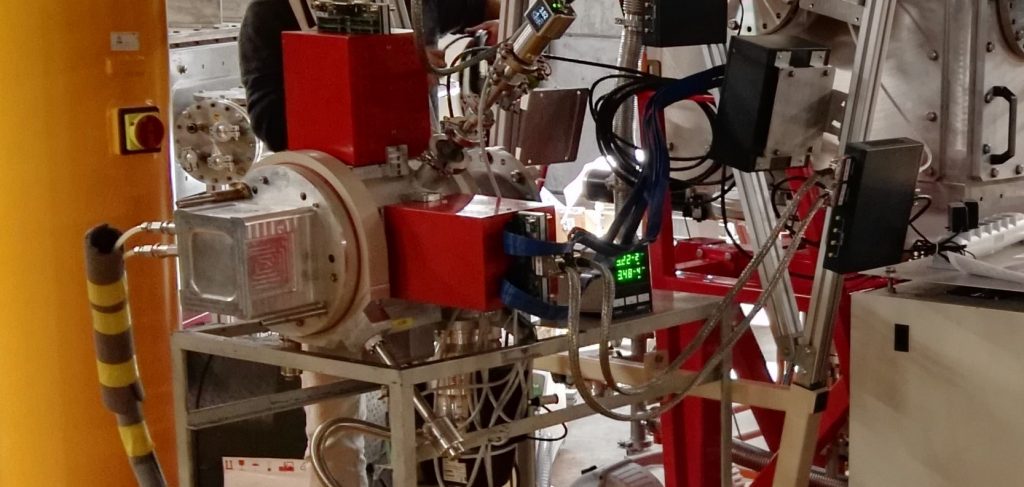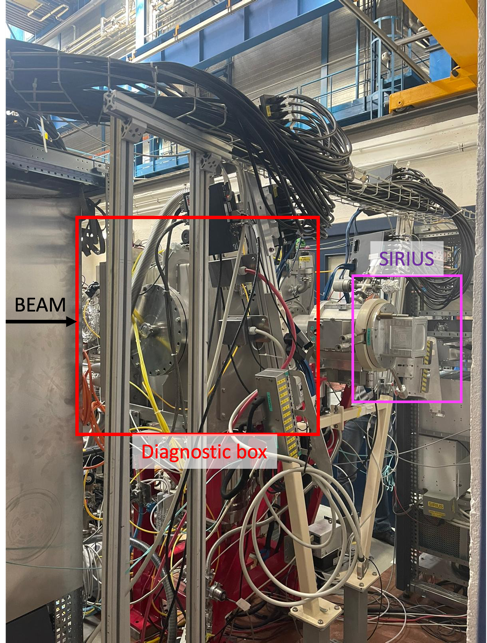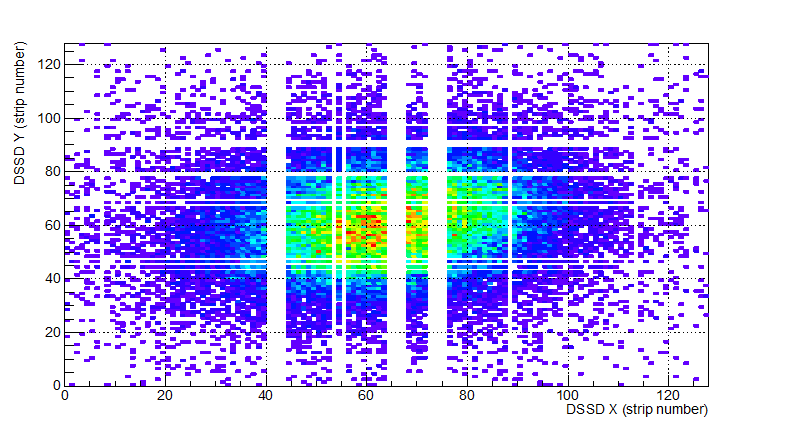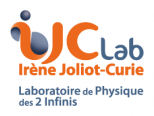
Super-heavy elements do not exist in nature and can only be synthesized at accelerator facilities in minuscule amounts amidst a huge background of other nuclear reaction products. For a successful experiment, two conditions must be satisfied: to be able to select the events corresponding to the production of the nuclei of interest and to be able to detect these nuclei with the highest efficiency.
One of the main research topics of the SPIRAL2-GANIL facility is to create super-heavy nuclei by fusion-evaporation reactions and study them using different experimental techniques. After production, the nuclei of interest will pass the Super Separator Spectrometer (S3), which will separate them from the intense unreacted primary beam and other reaction products. At the focal plane of S3, the SIRIUS (Spectroscopy & Identification of Rare Isotopes Using S3) detector array will be installed, allowing both to identify the super-heavy nuclei in flight and to detect their radioactive decay with very high efficiency. It is one of only two setups (the other being the S3 Low Energy Branch) that will study exotic nuclei delivered by S3 in its first experimental campaigns.
SIRIUS was assembled in 2021 and has since been tested with various radioactive sources offline. In June 2023, it was installed on one of the low-energy beam lines of GANIL and tested in-beam for the very first time with a uranium beam of 0.43 MeV/nucleon .

After passing through the emissive foil of the Secondary Electron Detector (SED) of the S3 diagnostic box, the uranium ions were then implanted into an “old” Double-sided Silicon Strip Detector (DSSD) of the SIRIUS collaboration. Energy information, as well as position and time correlations between the SED and the strips of the DSSD, were acquired for about a day. These data will allow us to assess the timing capabilities of SIRIUS and the effect of the SED detector on the transmitted beam into SIRIUS. The first image of the uranium-beam profile, as seen by the DSSD, is shown below.

Article by Araceli Lopez-Martens for the SIRIUS collaboration (CEA, GANIL, IJCLab, IPHC)






